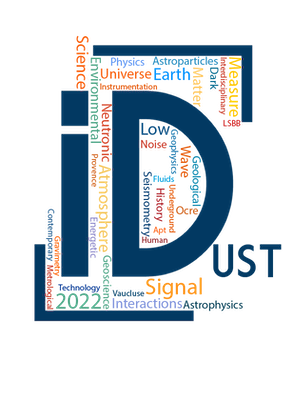Speaker
Description
Evapotranspiration (ET) is a major term of the water cycle which remains one of the biggest sources of uncertainty in hydrology. It is necessary to better understand this component and to develop new approaches to improve its quantification. Gravimetry is a geophysical method that measures variations in the Earth's gravity field “g”. Superconducting gravimeters (SG) provide continuous and precise measurement of g which can be related to changes in the water storage with a high accuracy. We seek to evaluate the potential of this approach to estimate the ET from daily time series. We chose the Underground Laboratory at Low Noise (LSBB) as it is the only site in the world to have two superposed SG. This unique configuration allows to subtract the deeper signal to the upper one in order to obtain a surface to depth residual where all global effect (e.g., tides, polar motion, atmospheric loading) are removed. We compared this very clean signal to calculated ET values using the SimpKcET model. In favorable conditions (i.e., rain-free days, no disturbances), we observed a significant correlation between the daily gravimetric changes and the karst vadose zone outlets (i.e., modeled ET and measured discharge). The daily variation in gravity signal can be mainly attributed to the daily variation in ET. This approach is then validated for surface-to-depth residuals, but remains more difficult for single surface-based SG. To strengthen this correlation, we are conducting complementary measurements to obtain a more accurate estimation of ET. Through the comparison between gravity signal and direct tree transpiration measurements using sap flow sensors. Determining ET from hydrogeodesy is a real challenge that approaches the technological and signal processing limits of gravimetry. Our ambition is now to work on single SG in order to reproduce and adapt our methodology on other experimental sites equipped with SG.
